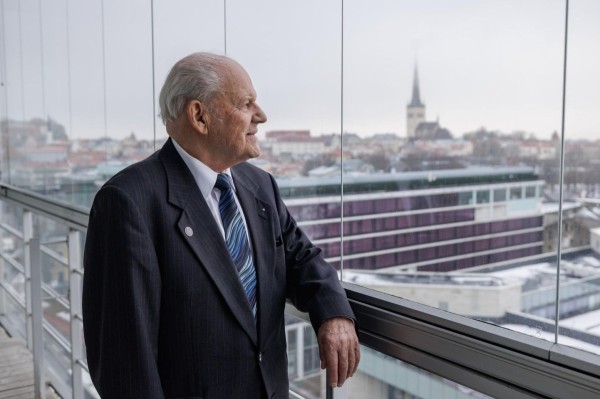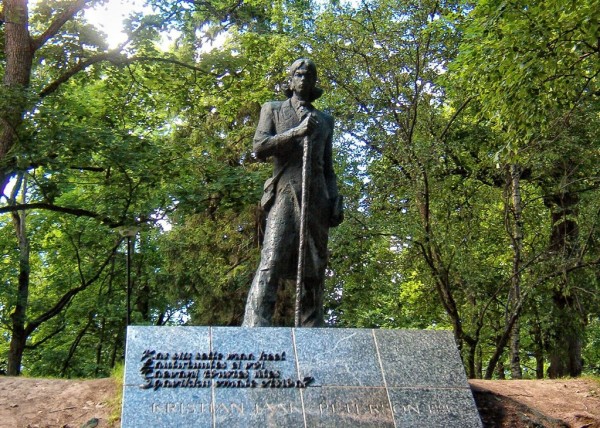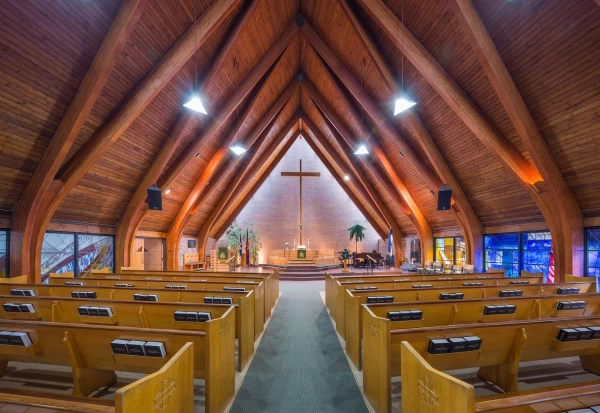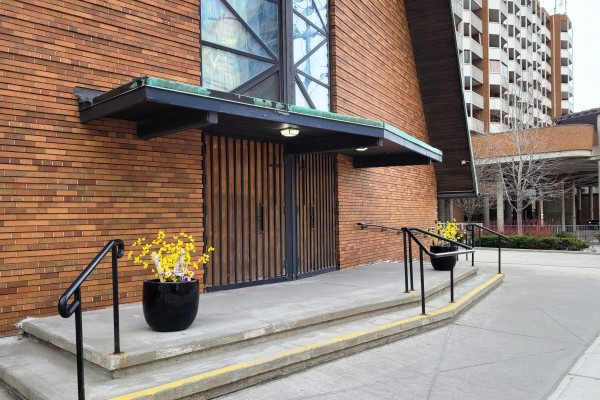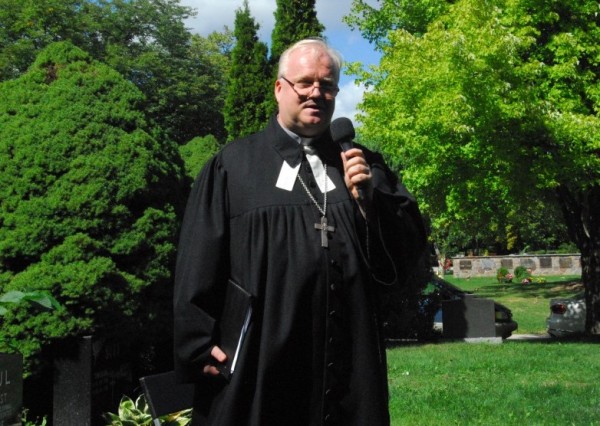
Who Defiled the Fabric? Estonian Life
Weaving has fascinated me from my earliest childhood. My mother worked at the spinning wheel during the long dark autumn and winter evenings. The monotonous hum of the wheel was part of the usual sounds of our home. It had a calming effect; it instilled a unique feeling of security. As if the mills of eternity were grinding coarse flour for bread to feed our future generations.
I don’t remember now how often it happened, but the day came when a major industrial complex was installed in one corner of our small sitting room. The spinning wheel was moved out, probably to the same storage space from which my father now brought out the loom, set the frame securely in place and then withdrew. Setting up the machinery, warping the loom, was my mother's responsibility. She was the factory’s director and workforce all by herself; others were allowed to observe the activity only from a respectful distance.
I was introduced to new concepts like warp, weft and shuttle. My mother sat on a stout wooden bench like a queen on her throne and used her feet to depress the treadles in a sequence that mystified me while the shuttle ran back and forth. Slowly but surely the homemade fabric emerged, the pattern determined by the skillful placement of weft yarns. And the little boy saw that in addition to everything else, his mother was also an artist.
The fate of that loom will remain forever unknown. The spinning wheel has become an exhibit in the museum. It sits unused in Alatskivi Castle, bearing an invisible sign: Once Upon A Time. Encountering it caused me much embarrassment. This big-city inhabitant from the other side of the ocean did not recognize it. Treasured implements from the past are not changed by time. People are.
I do not know what the looms of time look like but the weaver who weaves on them has not earned my respect. Much too frequently he leaves the bench to apprentices who are thoughtless and often viciously careless. A lot depends on the time period in which the fabric of life is woven. People of my generation have a big advantage: for them, the setting of the warp occurred during the best years of independent Estonia. In the course of finishing, however, many threads broke, the warp and weft got hopelessly tangled, and much of the beautiful fabric was brutally torn. War and occupations wove their harsh patterns into the shreds that were left. In the mid-twentieth century began the time during which the patterns of Estonians' fabric of life became harsh and their souls were painfully battered.
Anyone who knows how to look will see that even harsh patterns have their beauty. We are accustomed to viewing the autumn of 1944 as the time that divided our people. But as we look more closely: did it not perhaps unite us instead? Those who went and those who remained had the same ultimate desire - a free homeland. Historical events tore this ideal in half: those who stayed at home in those fateful days lost their freedom, while those who chose freedom and left, lost their homeland. But both retained forever the desire for what was lost. No one values a treasure more than he who has lost it.
Something negative also remained on both sides: hopelessness. But the more it gained strength, the stronger became the desire for something positive. It grew stronger until it won. The process of patching together this lost and now recovered ideal of freedom is difficult. It has taken years and continues still. For too long we have walked our different paths, searched for new directions. For too many, victory came too late. But most important of all, it did come. For quite some time now, a free homeland is no longer a foreign concept.
It is instructive to view all these harsh patterns from a historical perspective. The harshness is not identical for both those who stayed and those who left. There are shades which are obvious only to those whom the twists of fate thrust into the same category. In my case, I understand the road to Calvary that the people in the homeland had to travel, but I am completely familiar with the road of the refugees - it is an inseparable part of me.
I have made it my mission to talk to people who share my fate, hoping to create from their individual memories something that may be called their intellectual and spiritual legacy. It amazed me how captivating and unforgettable the stories were from just ordinary people, no less so than those of prominent men and women who have already written their memoirs.
I do not know if it is good or bad, right or wrong, but in telling their stories I have been unable to remain a passionless onlooker. To paraphrase Jaan Kross, they are my dear co-travellers. I have known most of them for quite some time. Others I have learned to know through the interview process. Only two of the people in this book I have never met. In telling their stories, I continue telling, in a sense, my own interrupted story as I walk together with them.
The generation who lives on these pages is soon to be no more. They have already withdrawn from their active roles in society. But at the time when the warp of their fabric of life was set, some basic values that have lost their importance in modern times held a place of honour: respect for elders, the perception of God, personal responsibility and especially national pride. These are worth remembering and some perhaps even worth adopting today.
Of the seventeen storytellers (in 16 stories. ed.), three have returned to live in Estonia. As a contrast, the last two have never left that country. All should be equally interesting.
And lastly, let me say that I feel deep pity for people who live in the past. But it would be a tragedy if the past should no longer live in us.
—Eerik Purje
Translated by Maila Taimre
Arvamus
TRENDING











